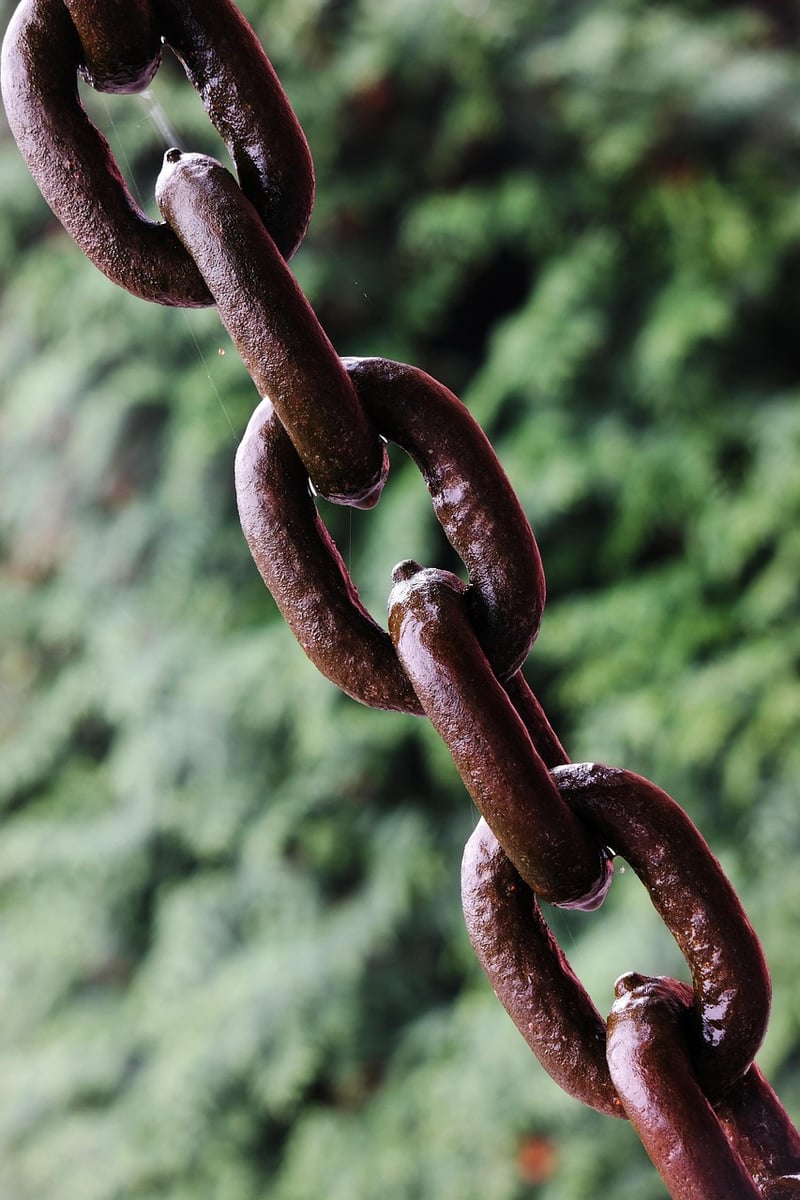Causal Chains
Avoiding Disruptions through Understanding Causal Chains
Disruptions can be costly and frustrating, especially when they affect our daily routines or work processes. By understanding causal chains and taking proactive measures, you can minimize the risk of disruptions and maintain smooth operations. Let's explore how causal chains can help you anticipate and avoid disruptions effectively.
What are Causal Chains?
Causal chains are sequences of events where one event leads to another through cause and effect relationships. Understanding these chains can help you identify potential disruptions before they occur. By recognizing the connections between different events, you can take preventive actions to break the chain and prevent disruptions.
How to Identify Causal Chains
Identifying causal chains requires careful observation and analysis of processes and interactions. Look for patterns of events where one event consistently leads to another. By mapping out these relationships, you can visualize how disruptions may propagate through a system and pinpoint critical points where interventions can be most effective.
Preventive Strategies
Once you have identified causal chains that could lead to disruptions, it's essential to implement preventive strategies. This may involve strengthening weak links in the chain, introducing redundancy to minimize the impact of potential disruptions, or creating contingency plans to respond swiftly in case of unexpected events.
Benefits of Understanding Causal Chains
By understanding causal chains and their potential impact on your operations, you can:
- Anticipate and prevent disruptions before they occur
- Enhance overall resilience and adaptability of your systems
- Improve decision-making by considering long-term consequences
- Boost efficiency by streamlining processes and reducing vulnerabilities
Conclusion
Understanding causal chains is a powerful tool for avoiding disruptions and maintaining stability in various domains. By proactively analyzing and addressing the relationships between events, you can build robust systems that are resilient to unexpected challenges. Take the time to identify causal chains in your environment and develop strategies to break them, ensuring smooth operations even in the face of potential disruptions.
Image source: Causal Chain Image

